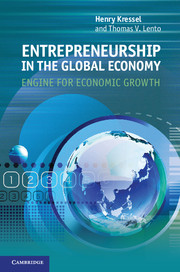Technologies emerge from the coming together of existing technologies intowholes that are greater than the sum of their parts.
Imagine having to re-program your smartphone, digital camera, music player,tablet computer, e-book reader, or similar device with phone numbers, photos,songs, or other crucial information every time you turned it on. Or think howmuch bigger its battery would be, and how often you would have to recharge it,if you decided to keep it powered up all the time so it would remember thatdata.
Fortunately, that’s one dilemma we don’t have to face. Ourelectronic devices keep all our information in memory, ready for use, even whenwe turn them off. They store the data in semiconductor chips called“flash memory,” either in the devices or on handy, removablememory cards and USB thumb drives. Their convenience and functionality are owingin large part to the flash memory innovations of Dr. Eli Harari.
Dr. Harari did not invent l ash memory. Credit for that goes to Toshiba , thegiant Japanese electrical and electronics company, which developed thesemiconductor chips in the mid-1980s. But he did i nd ways to improve theirreliability. Even more important, he developed l ash memorysystems. He developed and commercialized these systemsthrough SanDisk , an amazingly successful startup, which he founded in 1988 inSilicon Valley.

